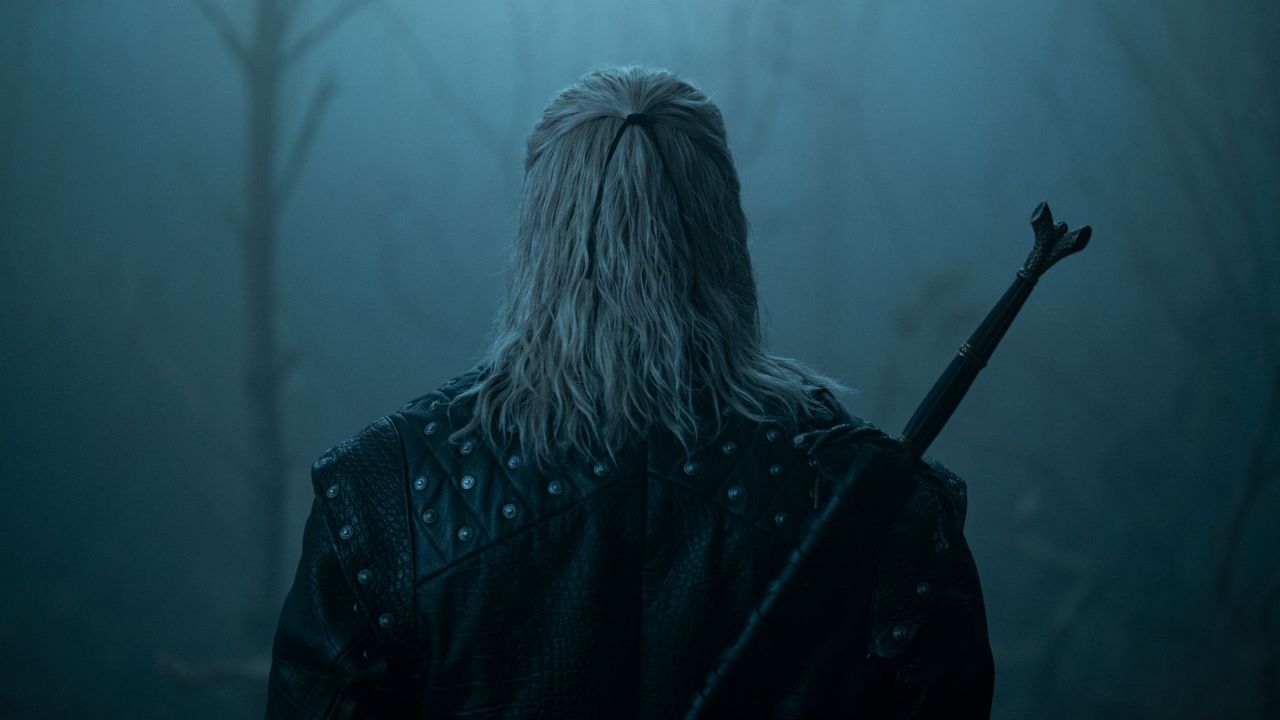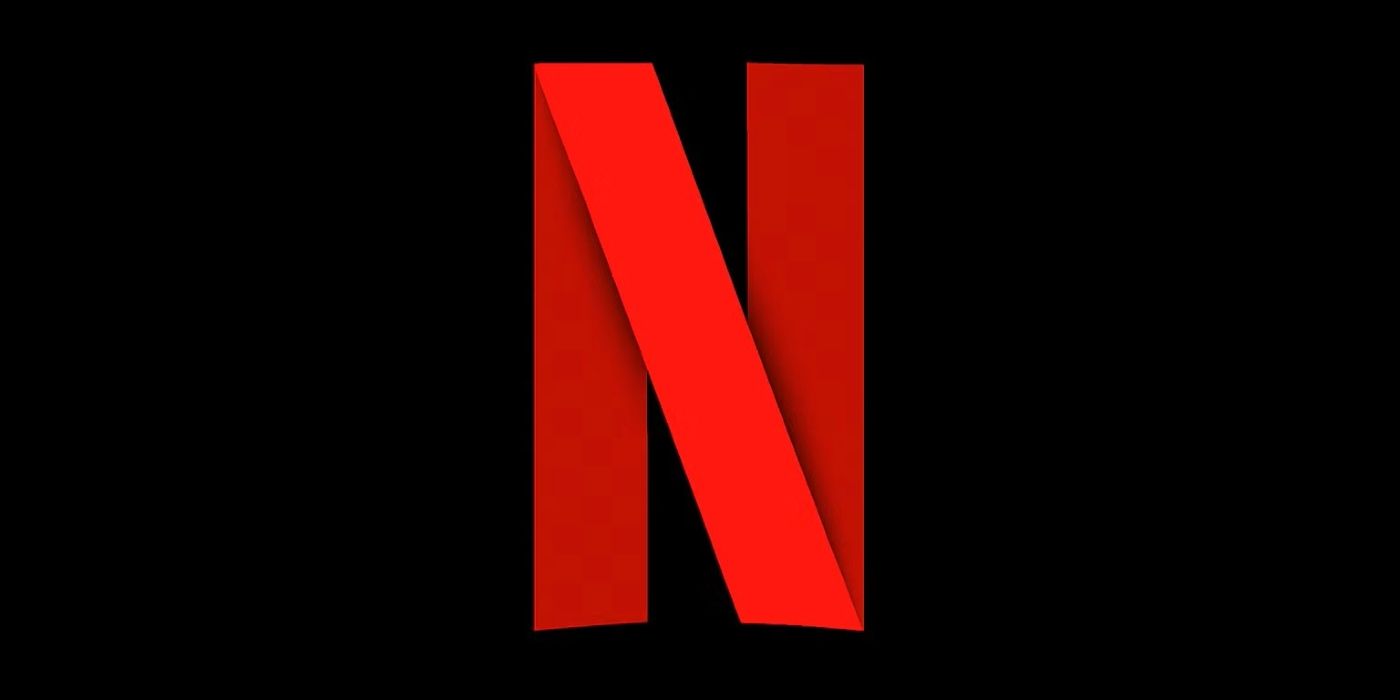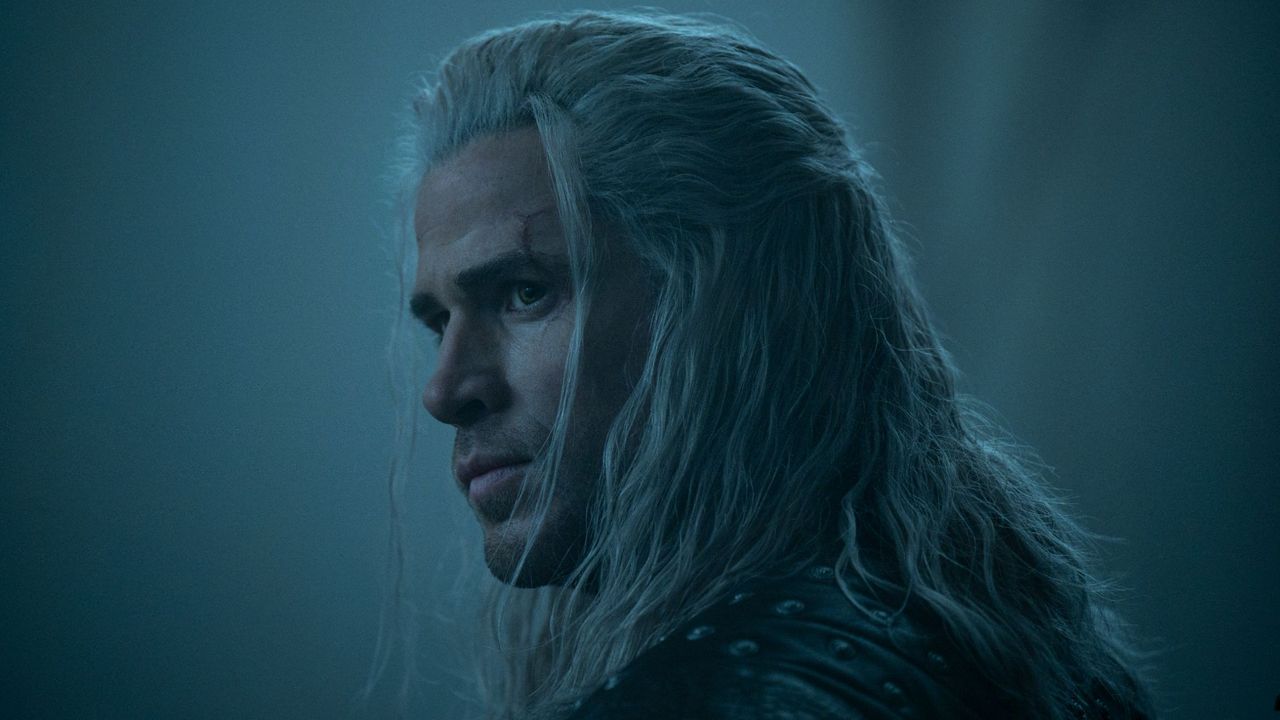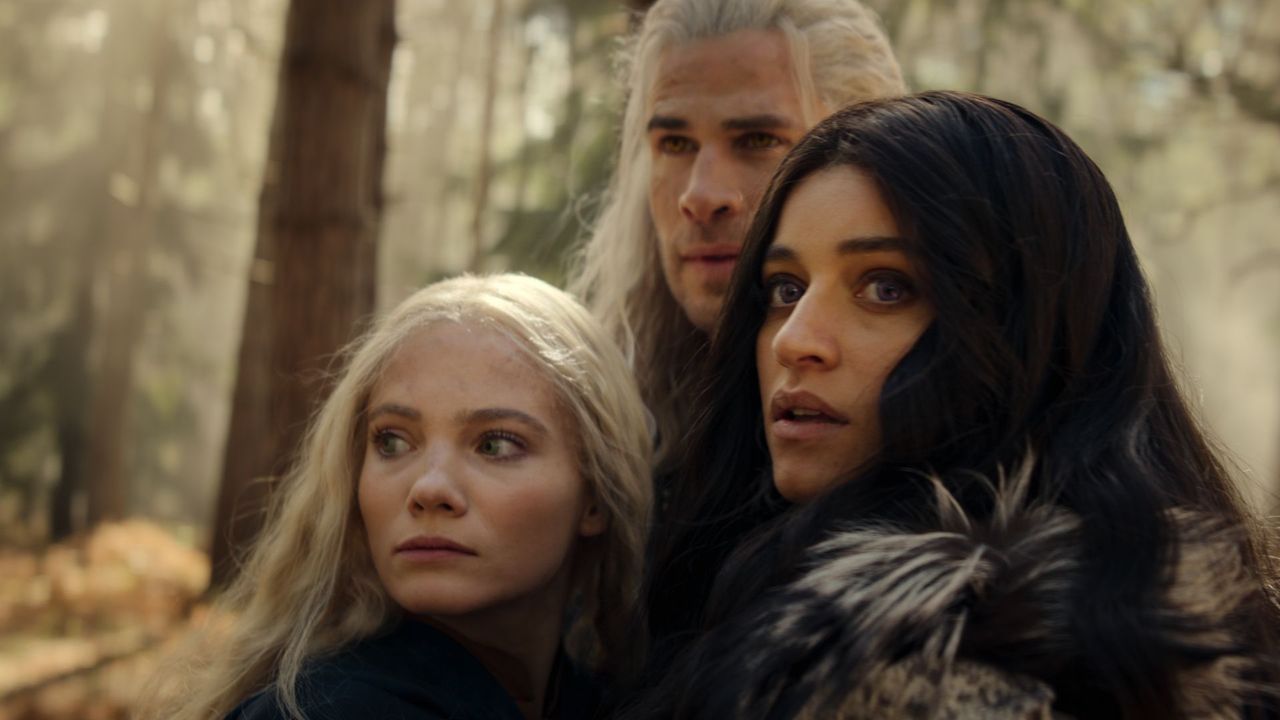The Witcher’s Illustrated Recap is a Shallow Attempt to Distract Fans from the Series’ Declining Quality and Controversial Casting Choices
As anticipation builds for the fourth season of Netflix’s The Witcher, the streaming giant has unveiled a beautifully illustrated recap designed to refresh viewers’ memories and reignite interest in the series. While this artistic endeavor may seem like a thoughtful gesture, it raises questions about the underlying issues facing the show, including its narrative coherence, character development, and the contentious casting decisions that have sparked heated debates among fans.
The Witcher, based on the book series by Polish author Andrzej Sapkowski, has garnered a massive following since its debut in December 2019. The story follows Geralt of Rivia, a monster hunter navigating a world filled with political intrigue, moral ambiguity, and complex relationships. However, as the series has progressed, it has faced criticism for its pacing, plot inconsistencies, and character portrayals, leading many to wonder if the illustrated recap is merely a superficial fix for deeper problems.
The illustrated recap serves as a reminder of the show’s rich lore and intricate world-building, but it also highlights the challenges of adapting such a beloved source material. Fans of the original books and the popular video game series have expressed dissatisfaction with the show’s interpretation of key characters and story arcs. The casting of Henry Cavill as Geralt was initially met with enthusiasm, but as the series has evolved, some viewers have questioned whether the portrayal aligns with their expectations. The departure of Cavill from the role after season three has further fueled controversy, with many fans divided over the choice of Liam Hemsworth as his successor.
This casting change has ignited discussions reminiscent of political debates surrounding leadership transitions. Just as citizens grapple with the implications of new leadership in government, fans of The Witcher are left to ponder what Hemsworth’s portrayal will mean for the character of Geralt and the overall direction of the series. The illustrated recap, while visually appealing, cannot mask the uncertainty surrounding the show’s future and the potential impact of these casting decisions on its legacy.
Moreover, the illustrated recap raises questions about the nature of storytelling in contemporary television. In an era where binge-watching has become the norm, the need for recaps has surged. Streaming platforms are increasingly catering to audiences with short attention spans, often sacrificing depth and nuance for the sake of accessibility. This trend mirrors broader societal shifts toward instant gratification and the consumption of content in bite-sized formats. The Witcher’s illustrated recap may be seen as a reflection of this cultural phenomenon, where the emphasis is placed on visual appeal rather than substantive storytelling.
As the fourth season approaches, fans are left grappling with their expectations. The illustrated recap may serve as a temporary balm for those eager to dive back into the world of The Witcher, but it cannot erase the lingering doubts about the show’s trajectory. The challenges of maintaining narrative integrity while appealing to a diverse audience are evident, and the illustrated recap may ultimately be viewed as a band-aid solution rather than a genuine effort to address the underlying issues.
In the context of the broader entertainment landscape, The Witcher’s struggles are not unique. Many adaptations of beloved source materials face similar challenges, as creators attempt to balance fidelity to the original work with the demands of modern audiences. The illustrated recap may be a clever marketing strategy, but it also underscores the precarious position of The Witcher as it navigates the complexities of adaptation, audience expectations, and the ever-evolving nature of storytelling in the digital age.
As viewers prepare for the upcoming season, the illustrated recap serves as both a reminder of what has come before and a harbinger of the uncertainties that lie ahead. The Witcher stands at a crossroads, and the decisions made in the coming episodes will undoubtedly shape its legacy for years to come. The illustrated recap may be visually stunning, but it cannot obscure the critical conversations surrounding the show’s future and the impact of its casting choices on the narrative’s integrity.




